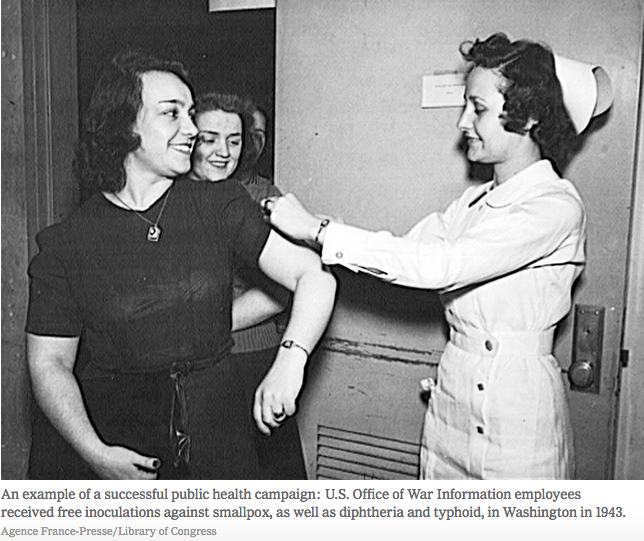Why Is Funding So Low?
For all its benefits, spending on public health is surprisingly low. The private sector can’t make money on it. That leaves the public sector, which is subject to political forces on spending and taxes, and is more focused on projects that might have more obvious and immediate benefits like, say, job creation through building a highway.
Also, some public health investments effectively tell people what to do (avoid sugar, for example). That’s often viewed as paternalistic or bossy.
Of course, it’s hard to pin down total public health spending. In 2017, the budget for the Centers for Disease Control and Prevention — which almost all agree is public health spending — was about $12 billion.
The budget for the Health Resources and Services Administration — some of which is devoted to public health — was $10.7 billion. (The agency helps people who are uninsured or medically vulnerable gain access to health care.)
The Agriculture Department spends more than $100 billion on nutrition assistance and about $1 billion on food safety, both of which arguably contribute to public health.
Return On Investment Of Public Health Interventions: a Systematic Review
Medical Mystery: Something Happened to U.S. Health Spending After 1980




